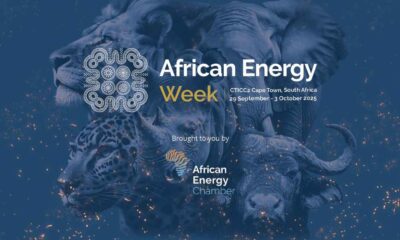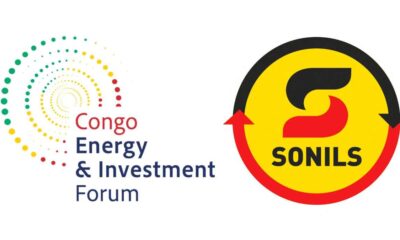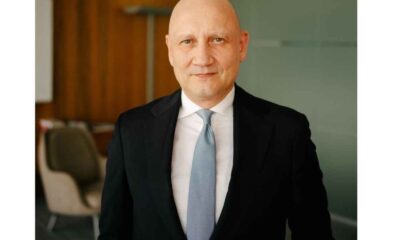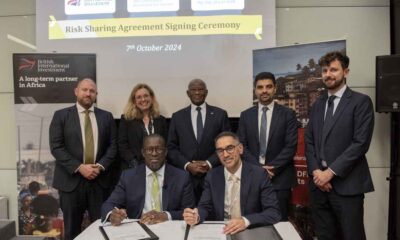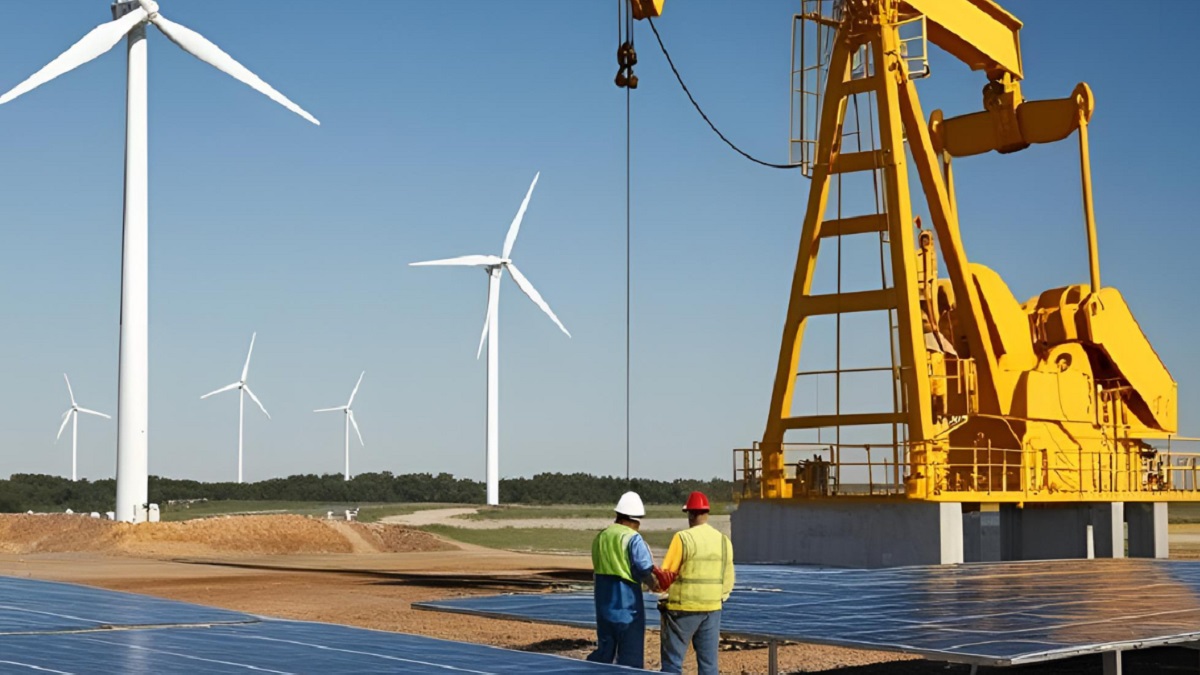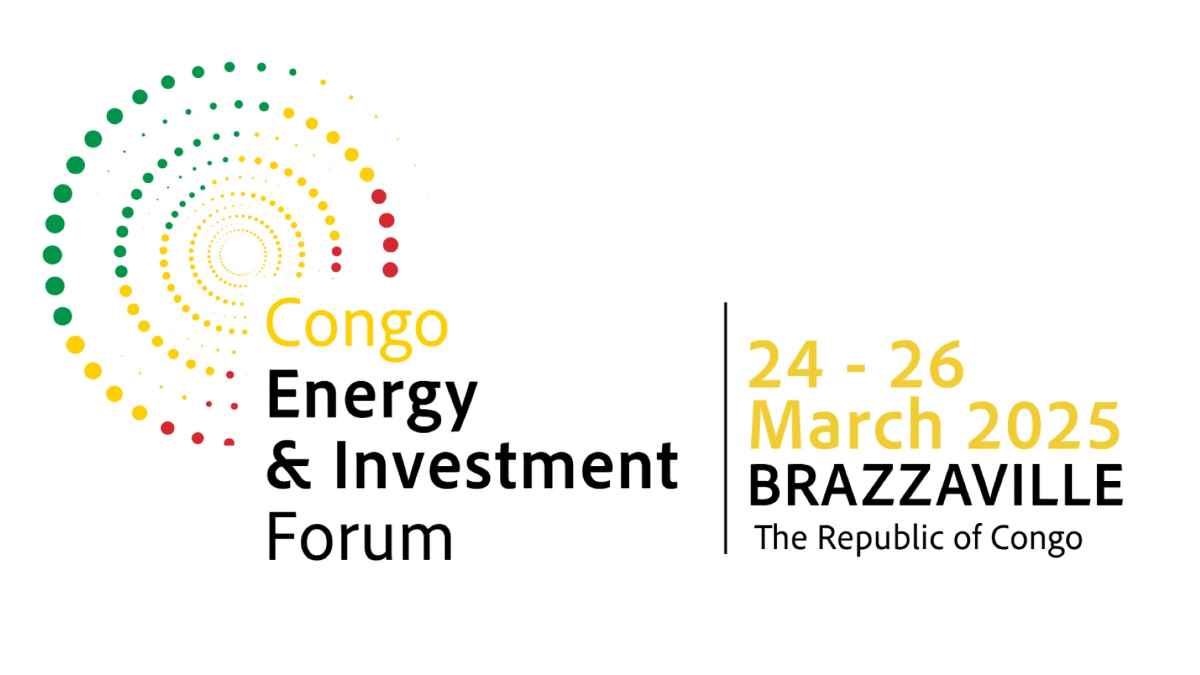SINGAPORE – Media OutReach Newswire – 26 February 2025 – On February 20, the “Exploring New Growth” OPPO Ads Connect 2025 Southeast Asia Salon was successfully held in Singapore alongside the launch of OPPO Ads’ new Device+ Marketing Solution. This is OPPO Ads’ first platform-level event abroad, showcasing its strategic capabilities, creative accomplishments, market insights, and marketing product solutions. Attended by marketers, service providers, developers, industry practitioners, and other stakeholders, the salon promoted industry development and innovation. Expert speakers sparked discussion of leading-edge market development opportunities and helped to foster commercial growth.
An important link between OPPO Ads and partners, Connect provides a new platform that aggregates multiple ecosystems. The salon event marks the first public engagement of OPPO Ads in the Southeast Asian market and is an important part of its globalization strategy. During the event, Head of OPPO Ads Overseas Sales and Operations Tim Chen, Product Director of OPPO Ads Kevin Wu, and AM Director of OPPO Ads Gavin Zou shared their perspectives on the long-term commercial capability building and innovative marketing solutions of OPPO Ads, and empowering advertisers in user acquisition, efficiency improvement, and long-term operations with a one-stop solution.
Enhancing the Terminal OS Ecosystem and Unlocking New Market Vitality
Tim Chen stated that in addition to solidifying its foothold in the Southeast Asian market, OPPO has continued to roll out significant advancements through its robust product matrix, channel strengths, and user influence. The Find X8 series has doubled its sales compared to its predecessor. Furthermore, OPPO’s international shipments continue to surge, securing the top spot in Southeast Asian markets in 2024. These achievements underscore OPPO’s strong market position and sway in Southeast Asia.
At the same time, OPPO Ads is becoming the preferred platform for international advertisers aiming to expand due to its unique commercial marketing value for three reasons:
First, with its competitive pricing, OPPO Ads uses more proactive scenarios to help advertisers reach a large number of users more efficiently and maximize the advertising value.
Second, advertisers can easily transition from reach to conversion, enhancing user value throughout the life cycle, and greatly boosting user engagement and retention by utilizing OPPO’s robust OS ecosystem.
Finally, OPPO Ads offers a range of marketing solutions for advertisers in different industries and with different needs. These span pre-load cooperation and targeted delivery, as well as light-touch scenarios and deep engagements, satisfying the unique needs of advertisers and significantly increasing delivery efficiency and effectiveness.
OPPO Ads has dramatically expanded commercial use cases and traffic supply as the business has grown. In 2024, OPPO Ads’ request volume increased by 300% with the introduction of new commercial applications such as PUSH, global search listing, Shelf card, and local video Feeds, with 140 million monthly active users on Southeast Asia’s OS. In 2025, OPPO Ads will see significant advancements and growth in terms of shipment and traffic, as well as commercialization capabilities. The vast active user base provides a broad space for advertising placement and brings more marketing opportunities to advertisers.
Unlocking The “Retention” Code Through Product Iteration and Upgrade Hard Power
At the commercial product level, Kevin Wu introduced that OPPO Ads is leveraging cutting-edge technologies and innovation to iterate and update product capabilities across three key dimensions:
Marketing Platform Capability Upgrade: OPPO Ads has comprehensively upgraded its marketing platform to include new features like splash screens, enabling advertisers to engage users across all scenarios and manage all types of promotions. During the mid-investment phase, the platform supports RTA (Real-Time API) optimization and utilizes multiple bidding strategies to help ensure backend conversion costs, effectively increasing backend ROI by over 10%. In the post-advertising phase, enhanced attribution capabilities and OS data monitoring cater to advertisers’ needs for effect attribution, making marketing results quantifiable.
Programmatic Ad Efficiency Improvements: OPPO Ads has intensified efforts to boost the effectiveness of programmatic ads, facilitating DSP (demand-side platform) participation and optimizing advertising features across the board, greatly increasing exposure, winning bids, and engagement. It also allows DSP access to all traffic, leading to more than a 200% increase in request volume.
PUSH Marketing Solution: OPPO Ads has explored the diverse applications of system scenarios and built a variety of commercial capabilities based on PUSH capabilities. Through capability upgrades such as “sticky on the top” and empowerment of style rights, the click-through rate and backend effects were greatly improved.
Along with offering advertisers more effective marketing options to improve target user reach, these iterations have helped OPPO’s business expand in terms of technology and innovation.
Device+: A Solution for One-Stop User Management
During the event, Gavin Zou unveiled the Device+ Marketing Solution, designed to help advertisers efficiently acquire large numbers of high-quality users, conduct user operations on the OPPO platform, and expand business boundaries. Based on OPPO’s massive mobile Internet ecosystem, Device+ offers global clients a one-stop user management service through preload, advertising, and ecosystem cooperation. It covers new user acquisition, user activity improvement, and user conversion, among other things, to meet clients’ user operation needs at various stages.
Device+ preload cooperation: OPPO Ads can reach 24 million new device users in Southeast Asia annually through preload and PAI services. The services streamline the registration process, offer a special quick open feature for notifications, and increase the activation rates by over 20% by detecting the activation status of preload apps on the device side and promptly engaging with users.
Device+ APP distribution: For users who have not installed the application, OPPO can flexibly reach them through effect advertising, and based on the system’s unique ADD download capability, we improve download and installation efficiency, as well as overall user acquisition efficiency by more than 30%.
Device+ massive touchpoints: With the help of system-level data insights and user churn warning models, OPPO can activate each potential user promptly, reducing user churn rate by 10%, and optimizing network and application performance through LinkBoost and HyperBoost to improve user experience.
Device+ pre-positioning: User conversion is one of the important indicators that advertisers care about in long-term management. Using OPPO’s unique system scenarios, users can use services without opening apps, such as search listing, shelf cards, and OPUSH, which attracts users as soon as they see them, improving user retention, transaction conversion rate, and click-through rates.
Future Outlook: Collaborating for Long-Term Success
The OPPO Ads Connect 2025 Southeast Asia Salon marks a significant step for OPPO Ads in the Southeast Asian market and serves as a vibrant platform for industry exchanges. During the roundtable, Jenny Wang, OPPO Ads Sales Director of Southeast Asia Area, Nita Wang, OPPO Ads Sales Director, and guests from leading companies such as Agoda, AIDC, DTI and AppsFlyer exchanged insights on Southeast Asian industry trends and marketing needs. They identified key challenges, strategized effective solutions, and discussed leveraging OPPO’s comprehensive advertising solutions to enhance user acquisition and user engagement.
This event demonstrates OPPO Ads’ innovative marketing value, outstanding OS system capabilities, and diversified solutions in commercial marketing, providing advertisers with more comprehensive support and more boundless business opportunities. Whether it is the development of emerging markets or the deep cultivation of mature markets, OPPO Ads is helping clients grow their businesses.
Looking ahead, OPPO Ads will continue to enhance its commercial capabilities and collaborate with ecosystem partners to explore new cooperative opportunities and promote ongoing industry growth and prosperity.
For more information, please follow the official OPPO Ads accounts on Facebook and Linkedin.
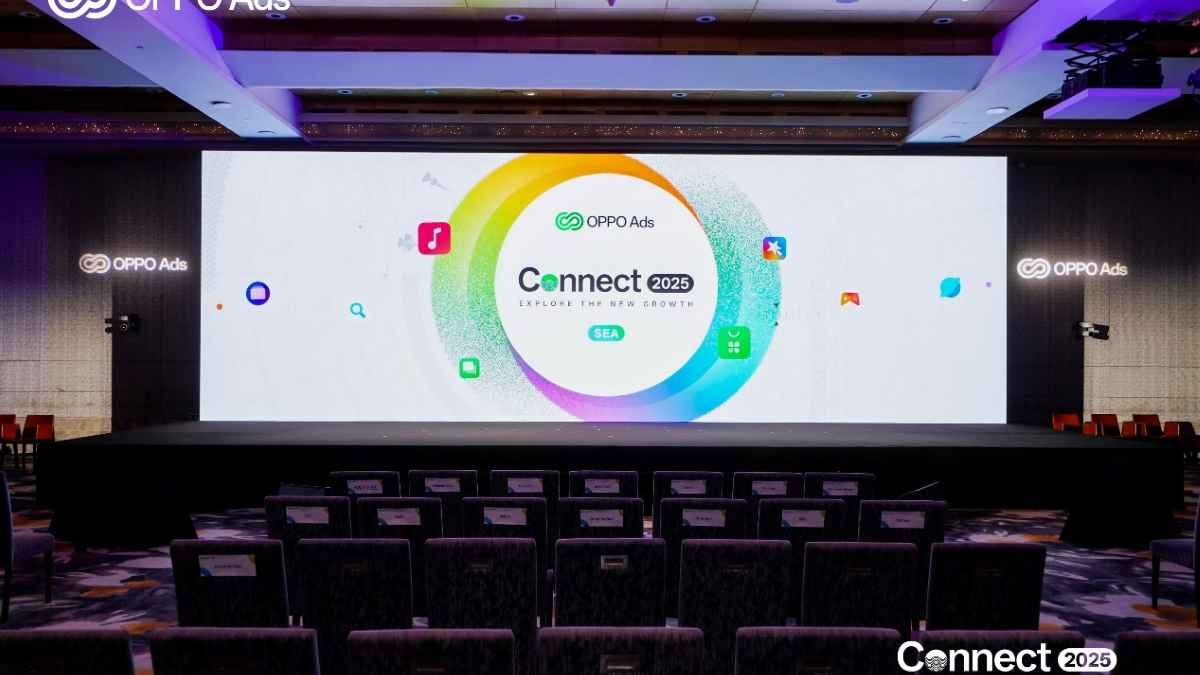
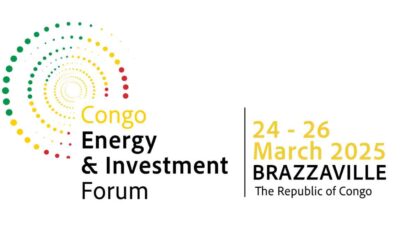
 Business3 days ago
Business3 days ago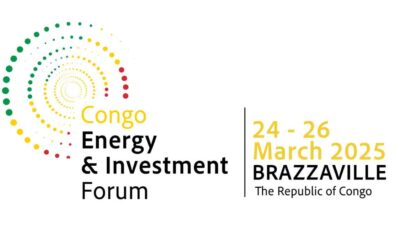
 Business2 days ago
Business2 days ago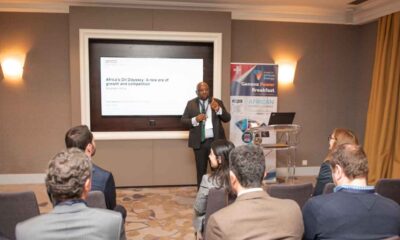
 Business3 days ago
Business3 days ago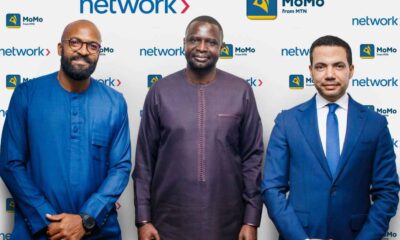
 Business2 days ago
Business2 days ago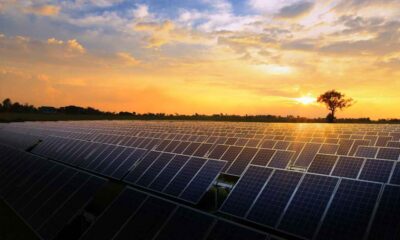
 Business3 days ago
Business3 days ago
 Business3 days ago
Business3 days ago
 Business2 days ago
Business2 days ago
 Business3 days ago
Business3 days ago


